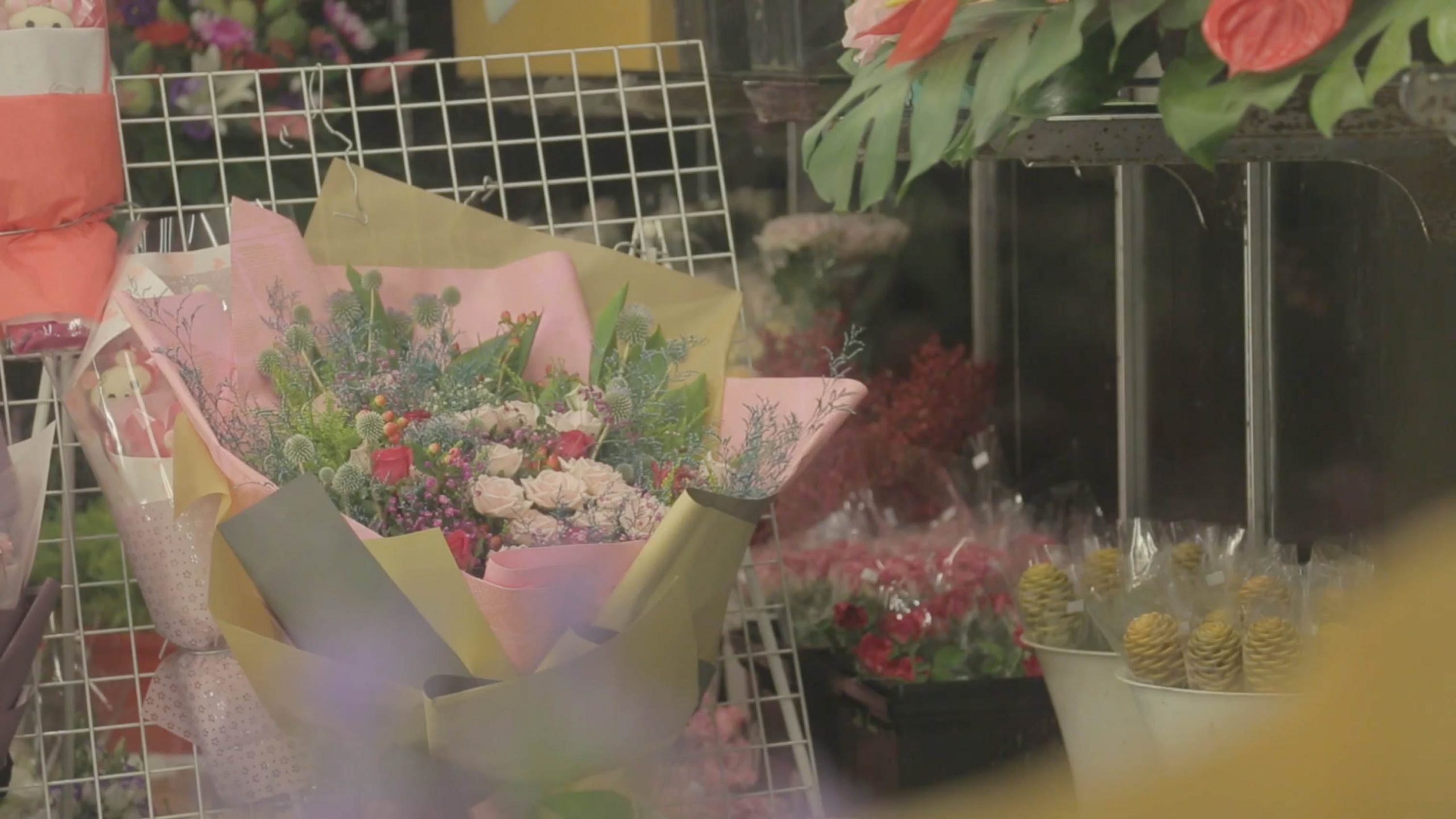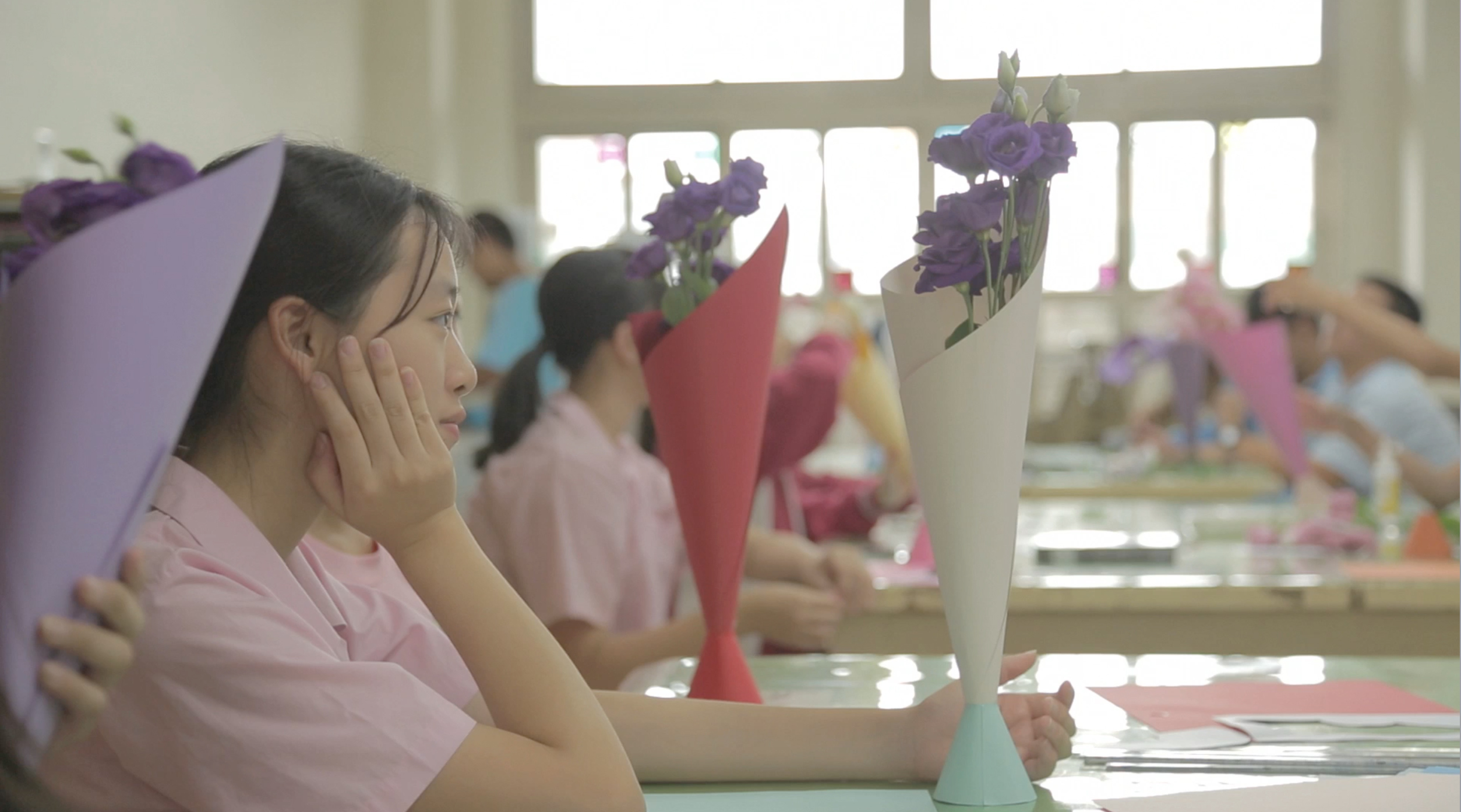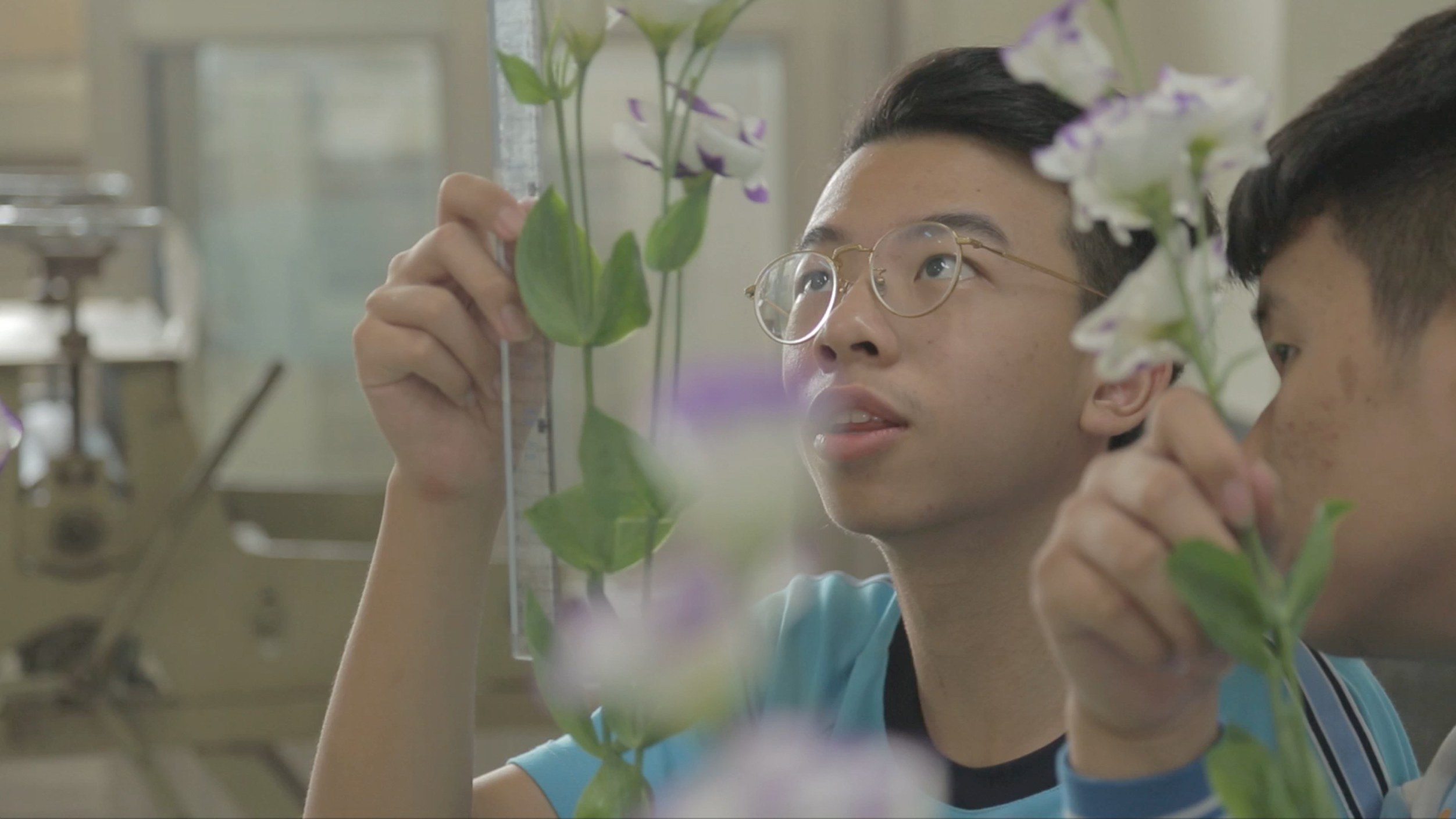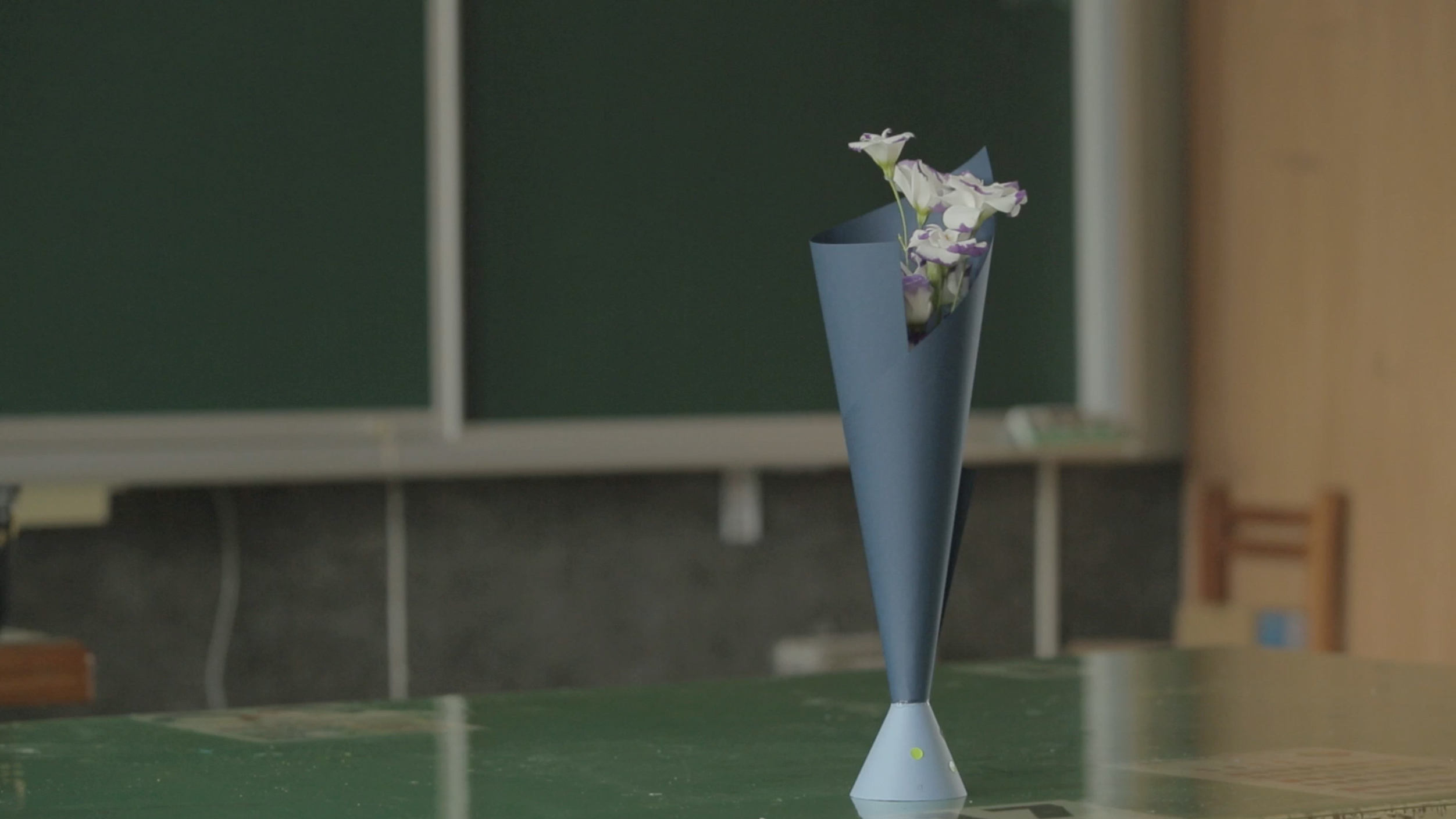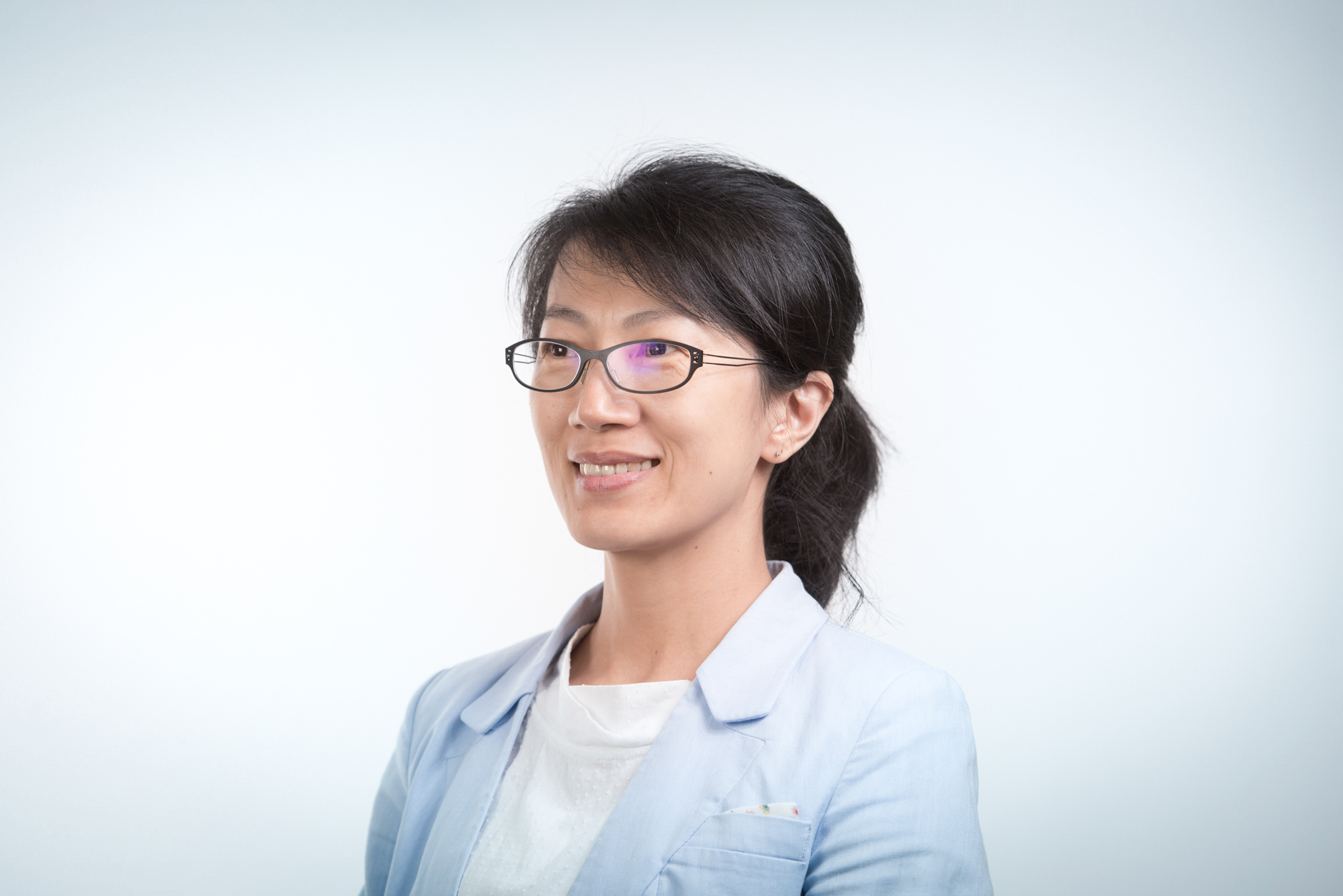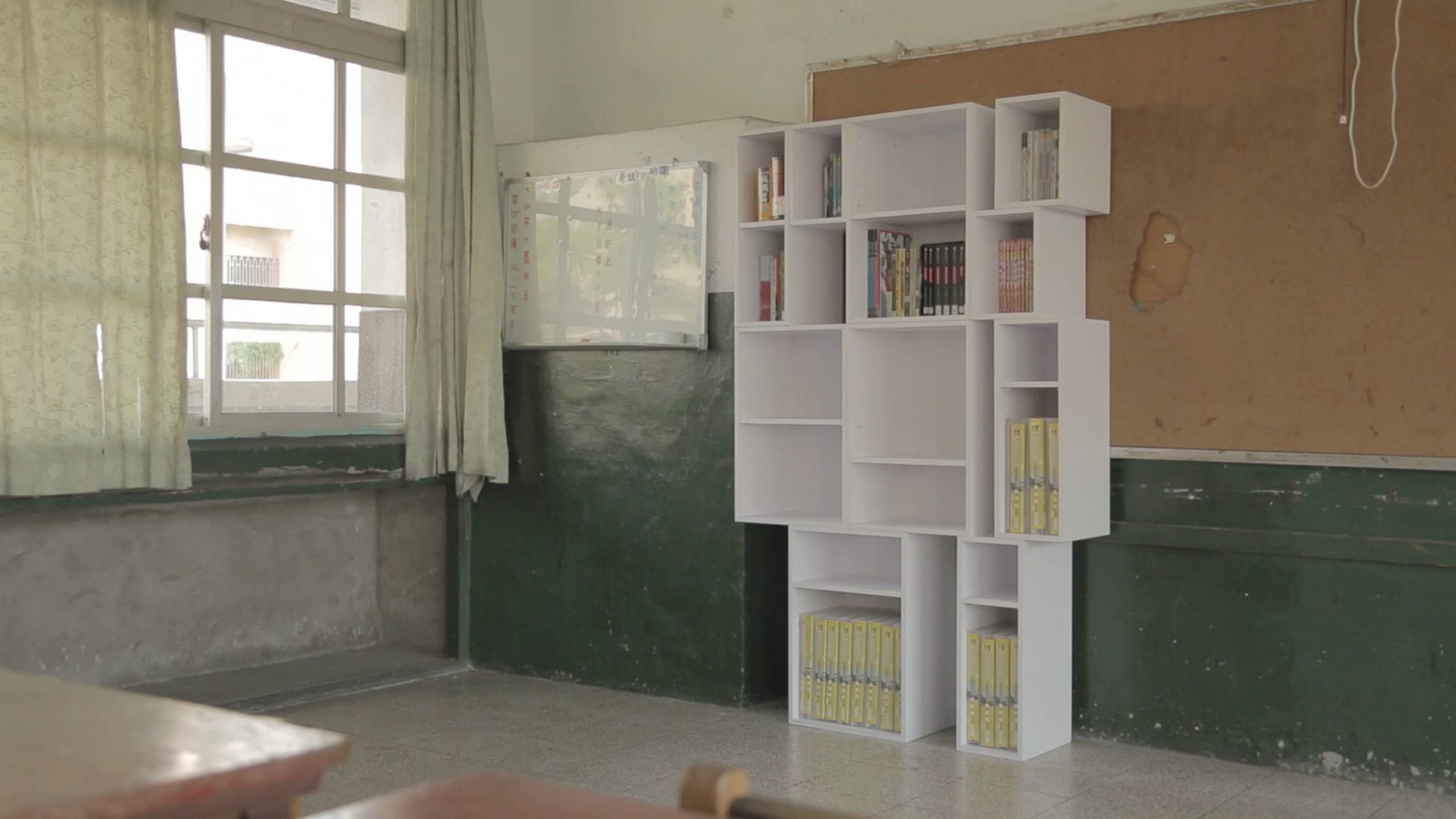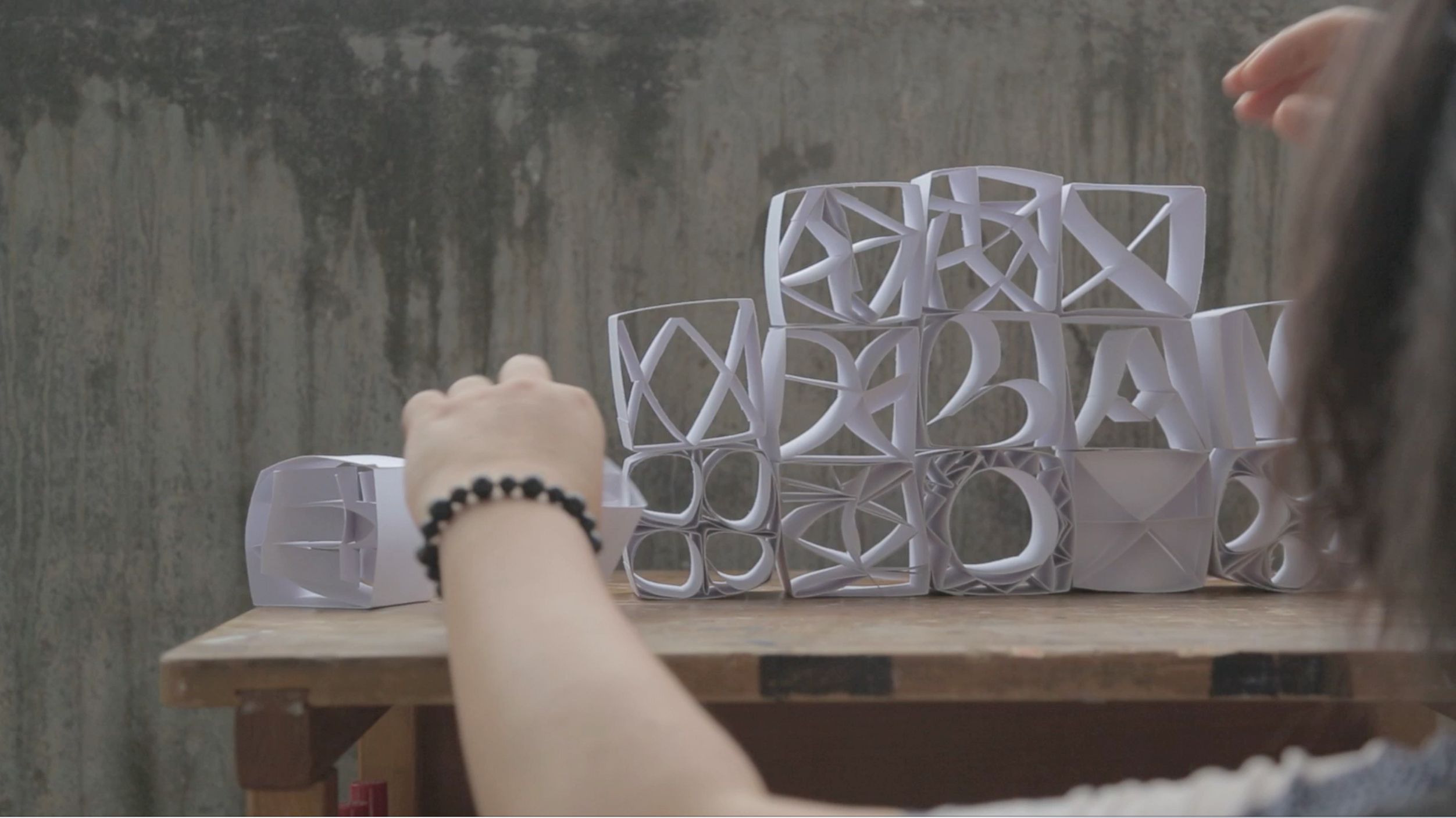The Fascinating Color-Wrapping in the Flowery World
From her experience buying flowers, Mrs. Wang noticed that most shops didn’t offer packaging that complemented the colors of the bouquets. Often, the packaging was too colorful, detracting from the flowers’ elegance. After a semester of discussing color suitability in her art and design class, Mrs. Wang assigned a task to her students: using available materials, creating packaging that properly holds and complements the flowers. The challenge for the students was to prioritize: should they choose colors that better suit the flowers or their own color preferences?

